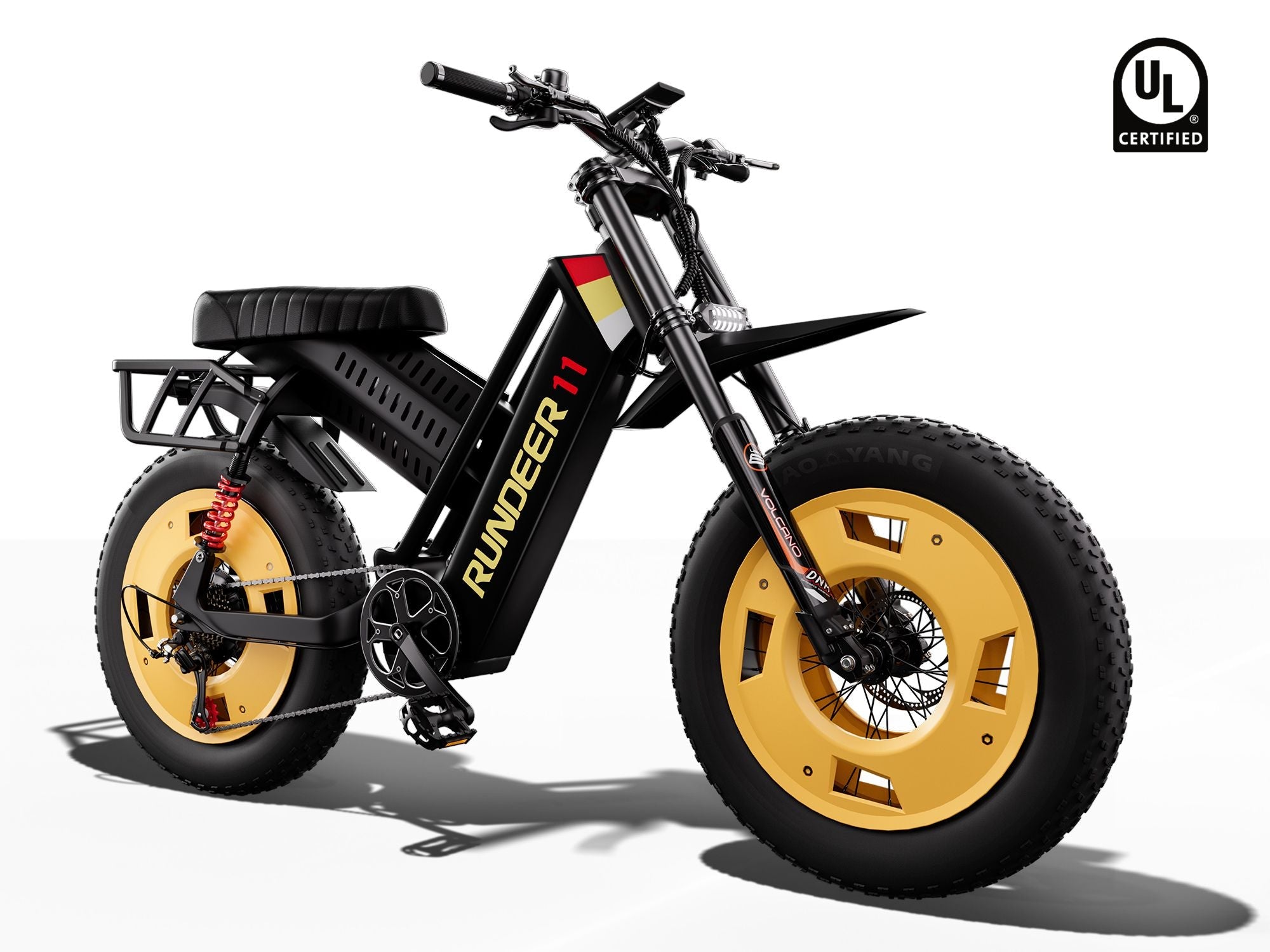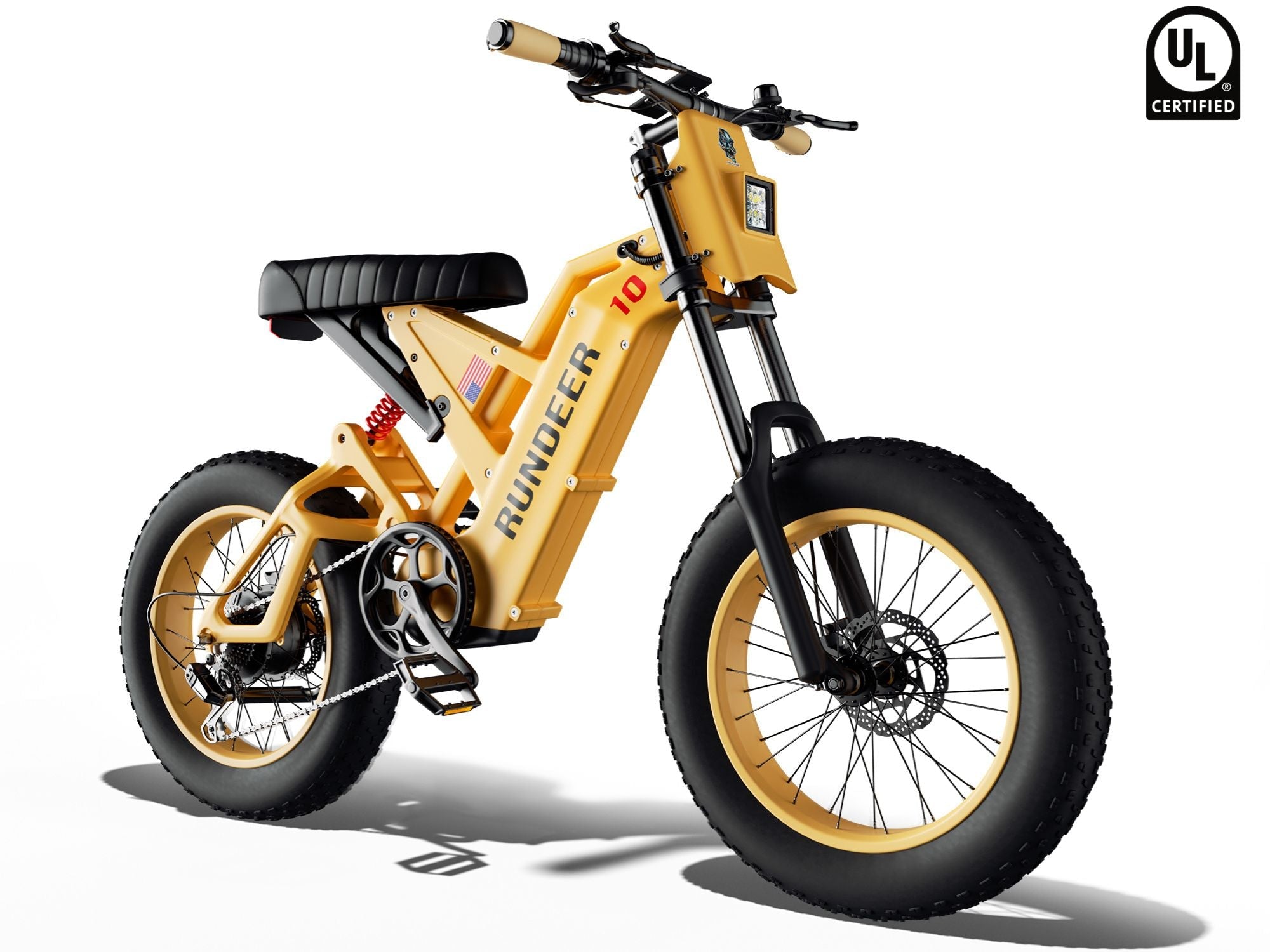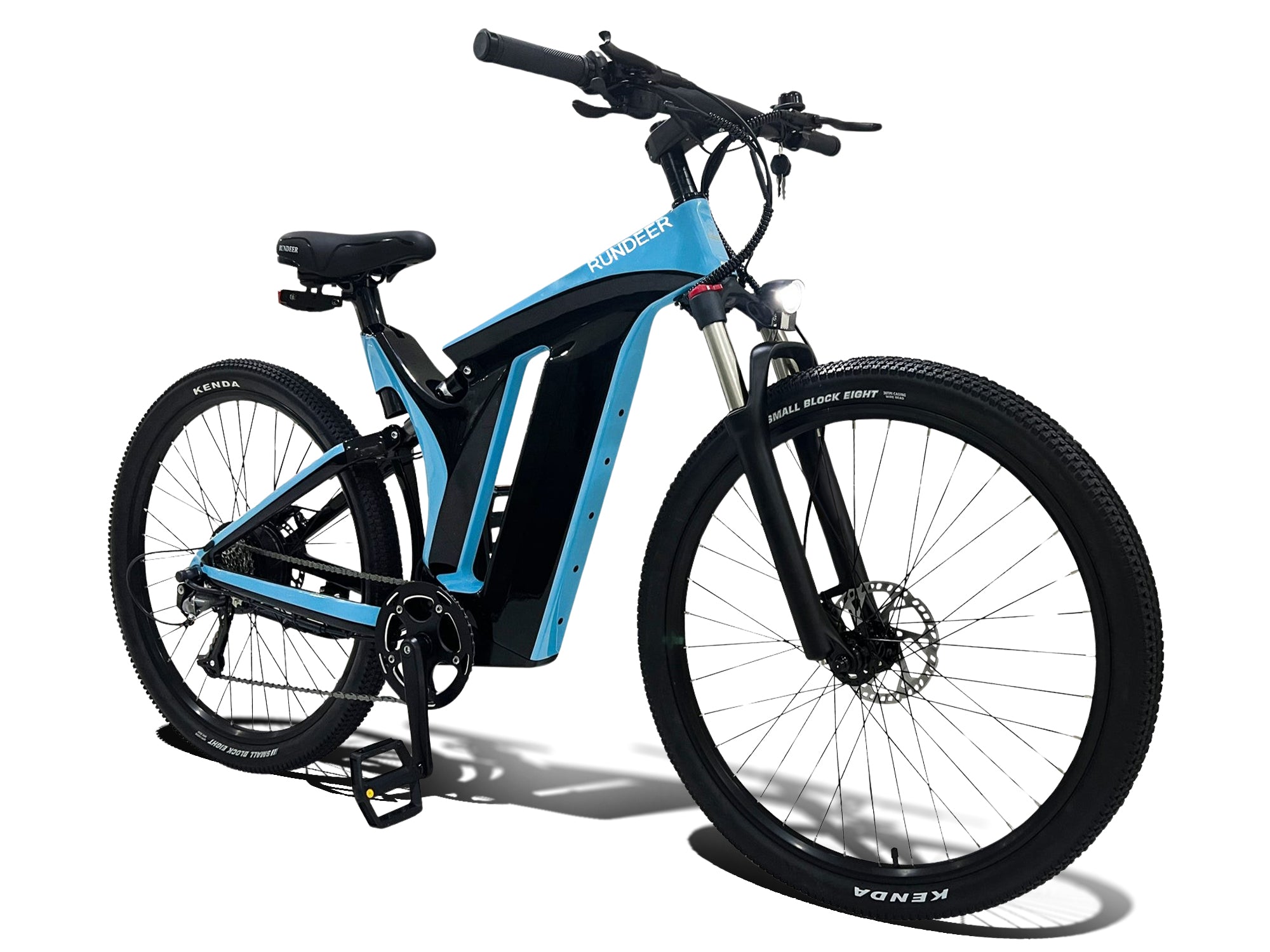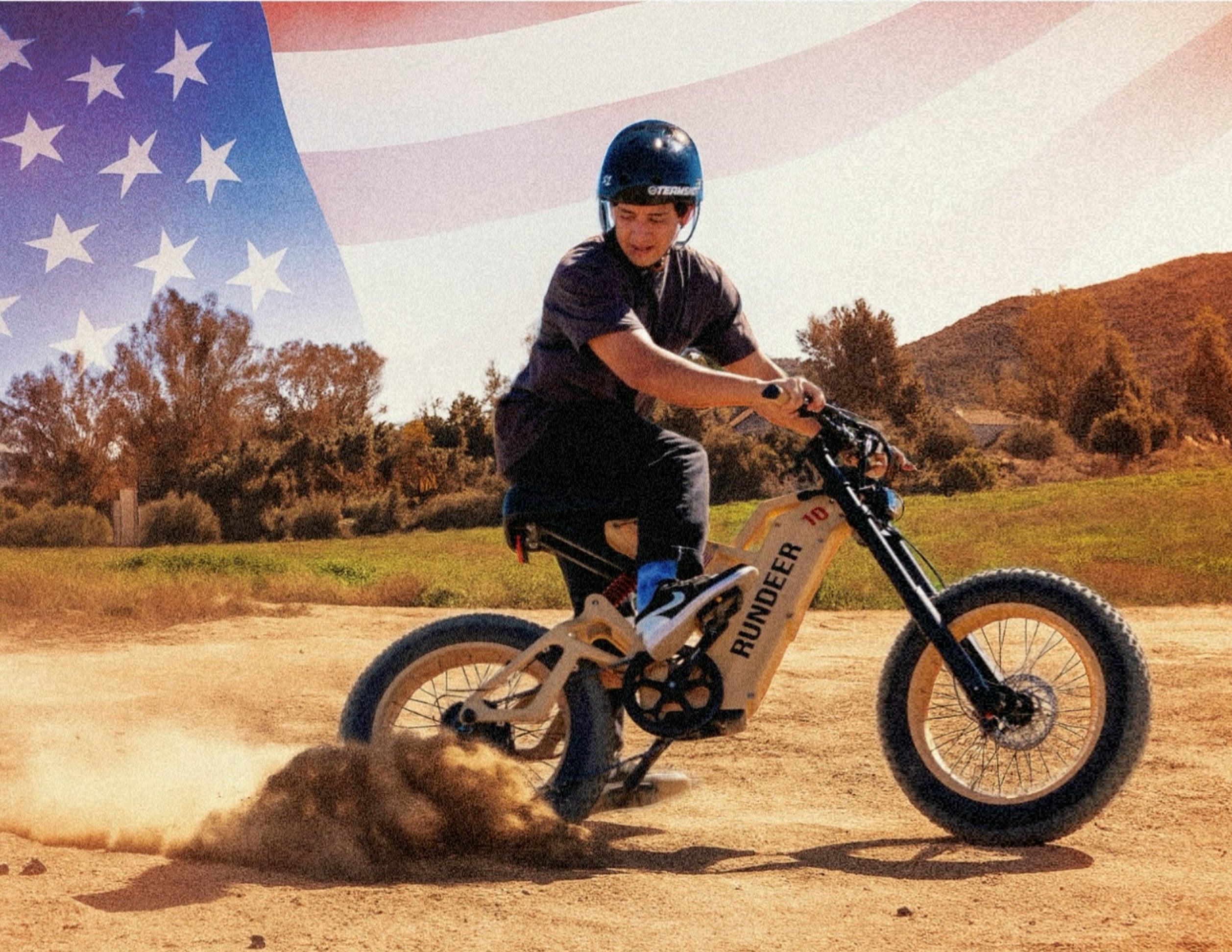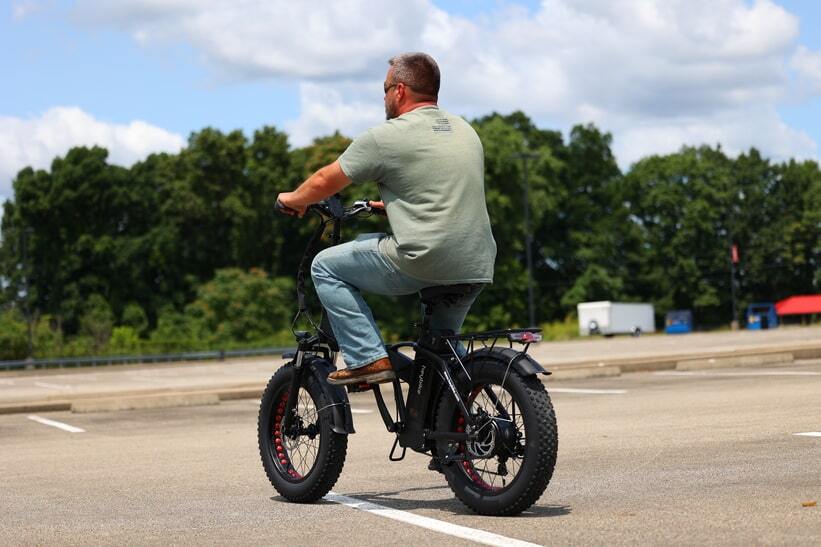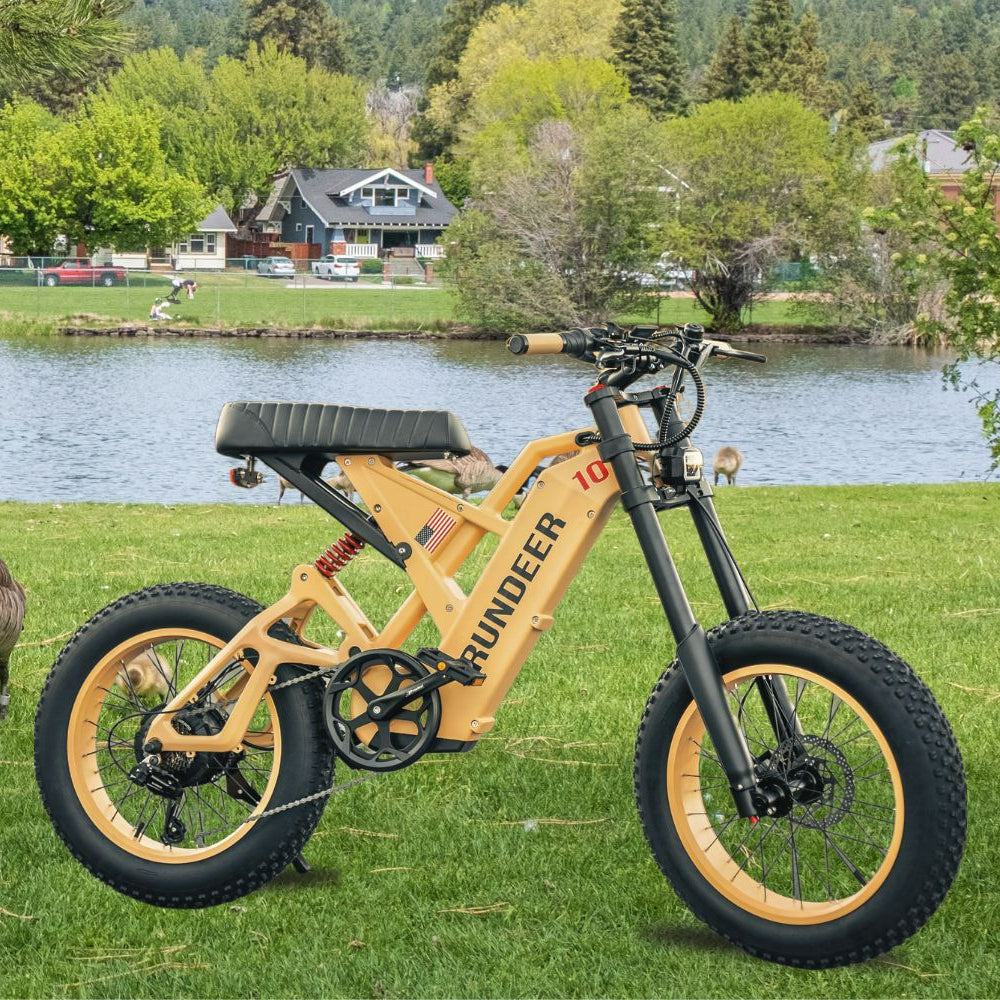In recently years, using ebikes as for urban transportation has increased significantly. This makes riding easier for many citizens and offers a better ride style than their traditional urban transportation. And due to the amazing technology, now you can enjoying riding much longer miles on rides. If you've ever rided an electric bike before, you know how comfort that comes with it is unimaginable. However, choosing your first electric bike is no an easy task. In this page, we'll discuss how to choose best electric bike for yourself.
Ebikes Classes
Electric bikes are classified into class 1, class 2, and class 3. Each denotes the level of motor assistance.
Class 1 ebikes only work when the rider is pedaling and reach top speed of 20 miles per hour. They share the same lanes and paths as traditional non-assisted bikes. In some states, these ebikes are allowed on mountain bike paths.
Class 2 ebikes come with a throttle that works if you're not pedaling. The top speed is limited to 30 mph. The motor will assist you if you decide to pedal. Plus, you're allowed to ride them in same place as analog bikes.
Class 3 ebikes are equipped with a pedal that only works when the rider is pedaling. They come with a speedometer and can reach 38mph. Also, they can carry heavy loads and climb better. The only downside is that they are restricted on most bike paths and mountain bike trails.
Key Factors to Consider While Choosing Electric Bike
Style & Design
The style and design of your bike can make a big difference when you look at your bikes and distinguish easily from other electric bikes. Upon your choice, you can choose a sleek modern bike or those with a more classical appearance. As you shop for an ebike, you'll come across different frame styles, sizes, and rising positions.
Motor Torque
The motor torque will determine the efficiency when carrying heavy loads while riding your ebike. It can range from 40Nm to 80Nm. The riding torque can vary as you switch the pedal-assist settings.
Riding Ranges
With battery fully charged, the riding range of ebikes averages 15 to 45 miles. This will depend on the terrain, average speed, battery size, weight, and so on. While a powerful motor generates more power, you burn the battery juice faster. As you compare the ebikes, most of them will have a riding range spec of 20 to 100 miles. The battery capacity is the number of hours the battery can sustain before running out of juice.
While many folks go for ebikes with big batteries, the number of hours a battery can sustain one watt before dying makes the difference. For example, an ebike powered by a 500W battery and 200W motor drains more power than one equipped with a 500W motor and 500W battery. Do you get i?
Pedal Assist Levels
The pedal assist level on your ebike refers to a mode that helps you get more power from the motor and move faster. Once you turn it on, the motor will provide specific power. You will feel a push on your ride. Most ebikes have 3 or 4 pedal assist levels. Depending on your needs, you can use them to get more torque and speed or preserve the battery power.
Braking System Performance
Ebikes utilize different braking systems, but most use a disc brake. Depending on the brand, it can either be mechanical or hydraulic. Generally, hydraulic brakes with a large motor size offer better performance which is vital for your safety. The only downside is that they cost more to repair than the mechanical braking system.
Transportability & Storage
As you compare different ebikes, you should pay attention to features like wheel size, wheelbase, and foldability. Can you hook up your ride on a bike rack? You should make sure these features match your lifestyle.
Cost
Are you wondering how to choose ebike and get value for your money?
One factor that determines the overall cost is the motor. For instance, a motor that generates 250 watts is cheaper than one that produces 500 watts. However, the latter gives a more responsive and versatile riding experience.
Another component that determines the cost is the battery power. How many miles can it cover before running out of juice? But things can get a bit tricky here. The battery range will depend on the terrain and the weight of the rider.
The drivetrain will also determine how much you pay for the bike. The basic configuration of an electric bike means that you get a more sophisticated transmission. Another factor that affects the bike's overall cost is the mix of non-motorized bicycle components.
Keep in mind that paying the top dollar doesn't mean you get a quality e-bike. That said, you may want to keep the above parameters in mind to ensure you make a worthwhile investment. You may want to confirm how the warranty works and which parts it covers.
Other Factors to Check In
If you want to chew up technical or rocky terrain at speed, an electric trail bike can be a viable investment. Here is what you should look for:
Frame
The most common frames for trail bikes are aluminum, carbon, or steel frame. An aluminum frame is lightweight, rigid, and won't rust. The only downside is that it's less resistant to shocks. Stainless steel, on the other hand, is more flexible than aluminum. It's suitable for trekking, hiking, and mountain biking
The carbon frame is expensive. It's lightweight and absorbs shocks better. You'll find these frames on high-performance trail bikes where weight is a criterion.
Suspension System
A full suspension system will increase traction and reduce the impact on the rider. The most critical part where the suspension comes into play is downhill. Again, when climbing uphill, the bike should lock the rear suspension system for more efficient climbing.
Saddles
The best trail bike should have a thin saddle to limit friction when pedaling. For greater comfort, you can go for a saddle with gel.
Wheel Sizes
In the past, most bikes had a 26-inch wheel. If you want something to roll over uneven terrain, you can choose either 27.5-inch or 29-inch wheels.
Tips
As you invest in an ebike, you should have a mental picture of the functionality of your ride. Take time to review the different models to see how they function. More specifically, you should study the features to ensure you get the best bang for your buck. If in doubt, you should test the ebike to confirm which style suits you best.

